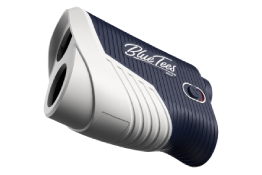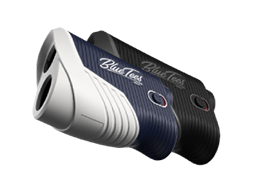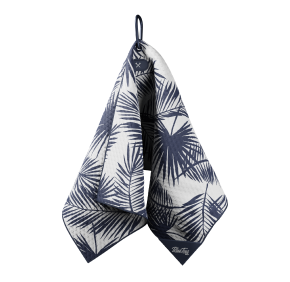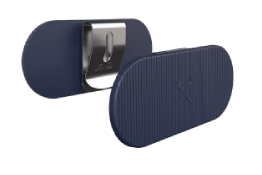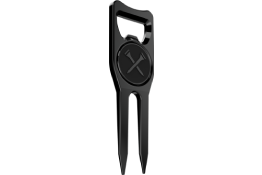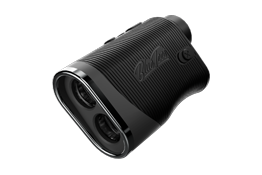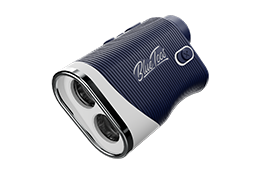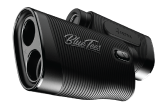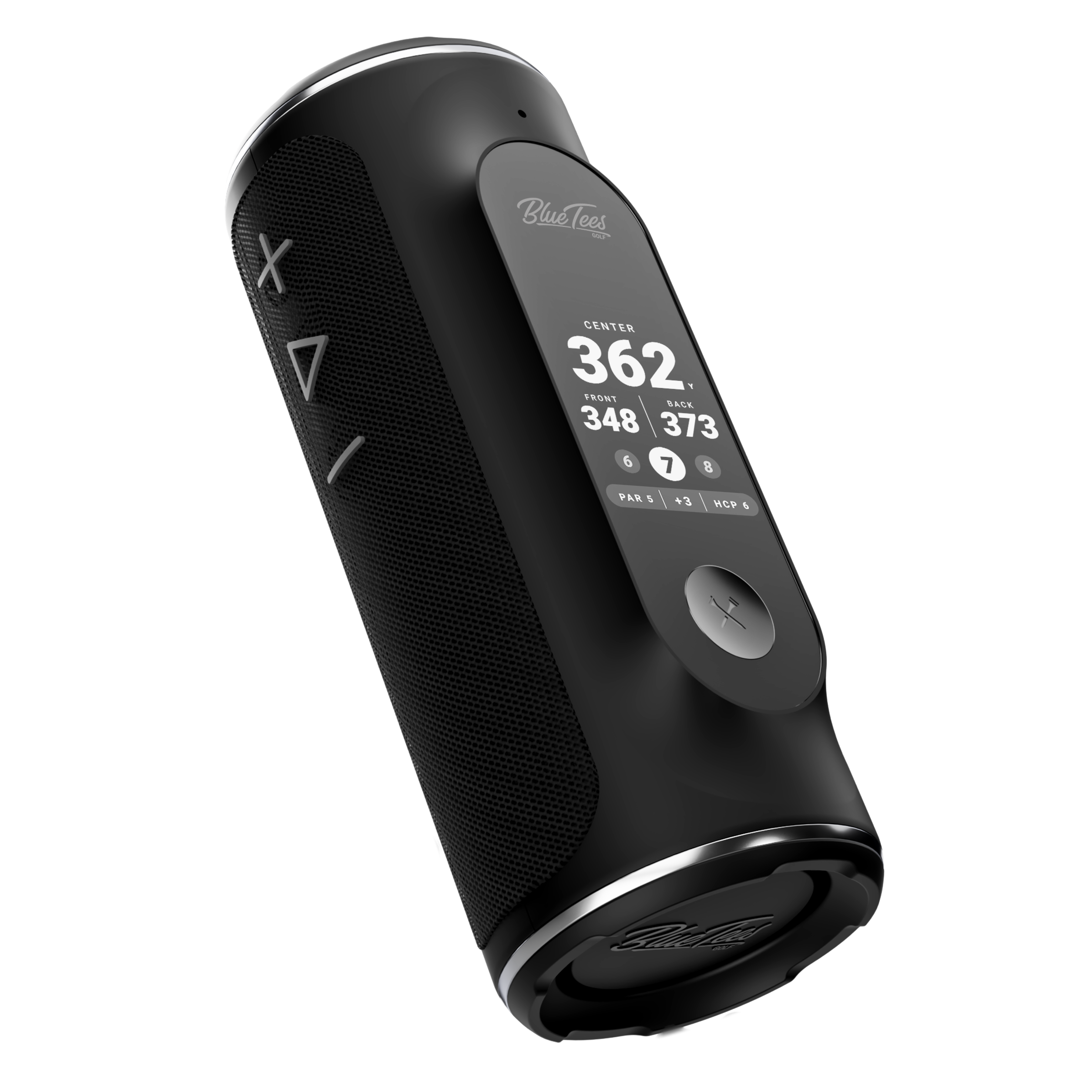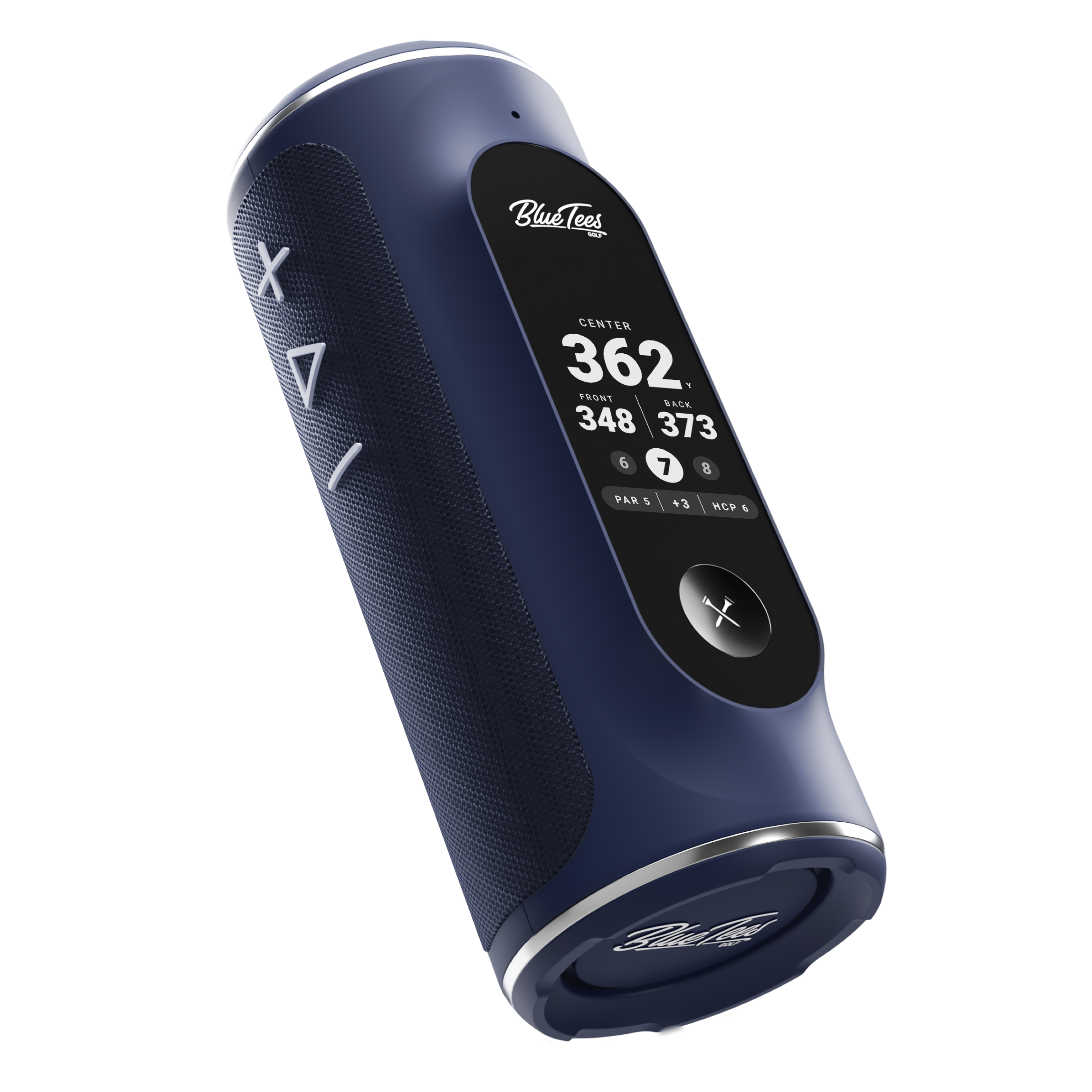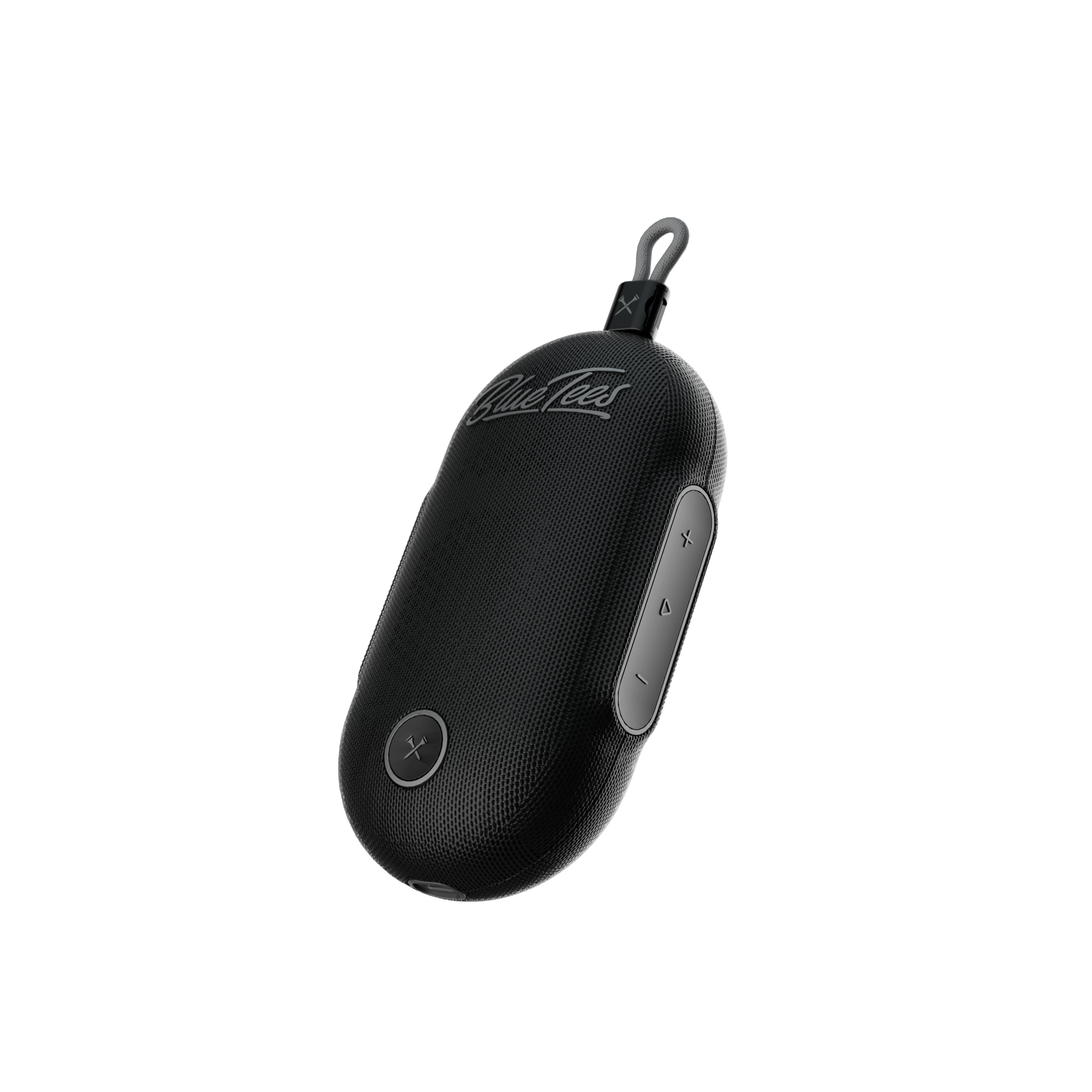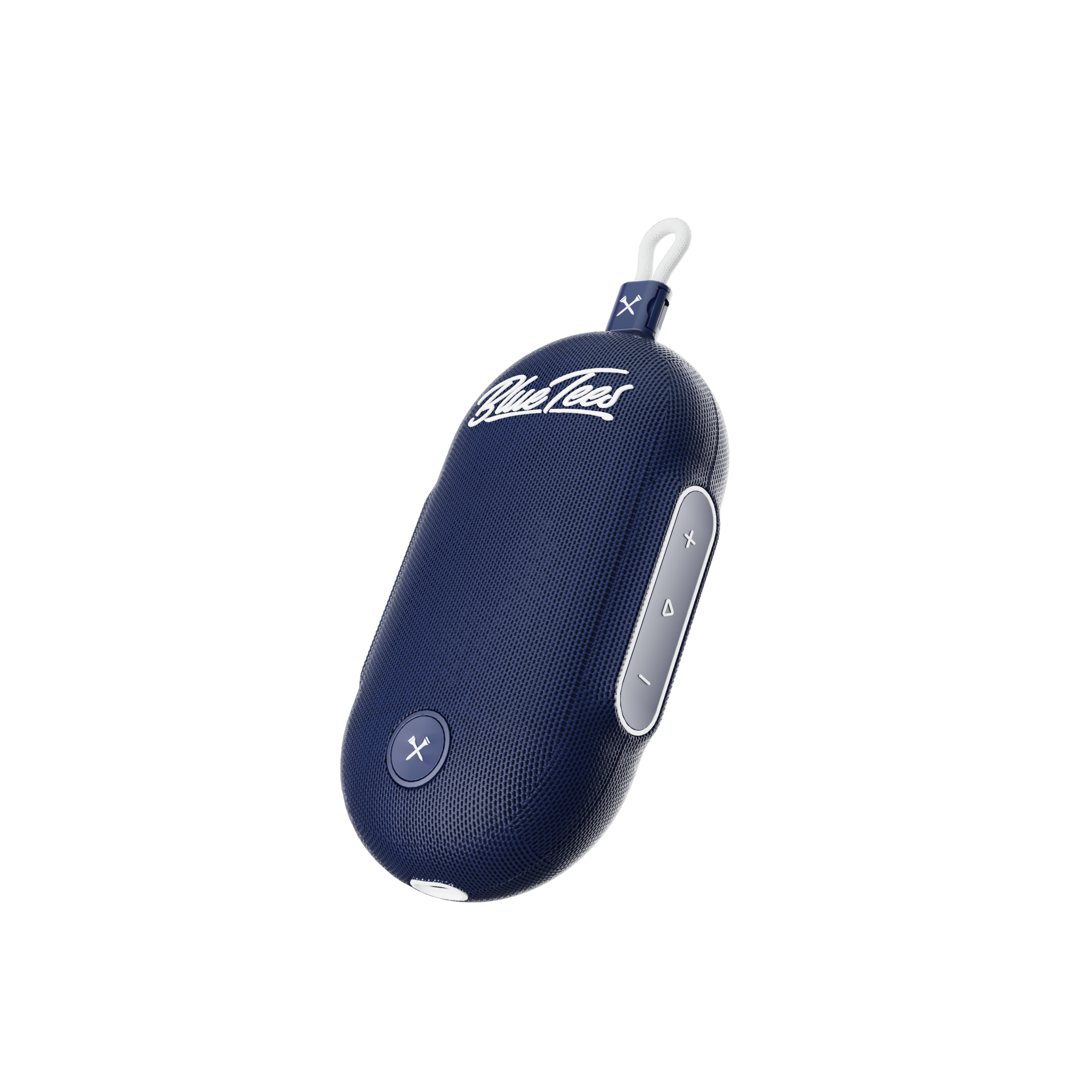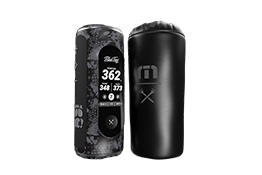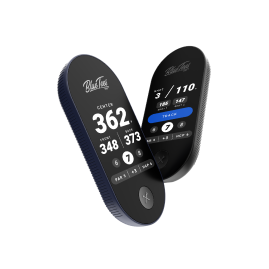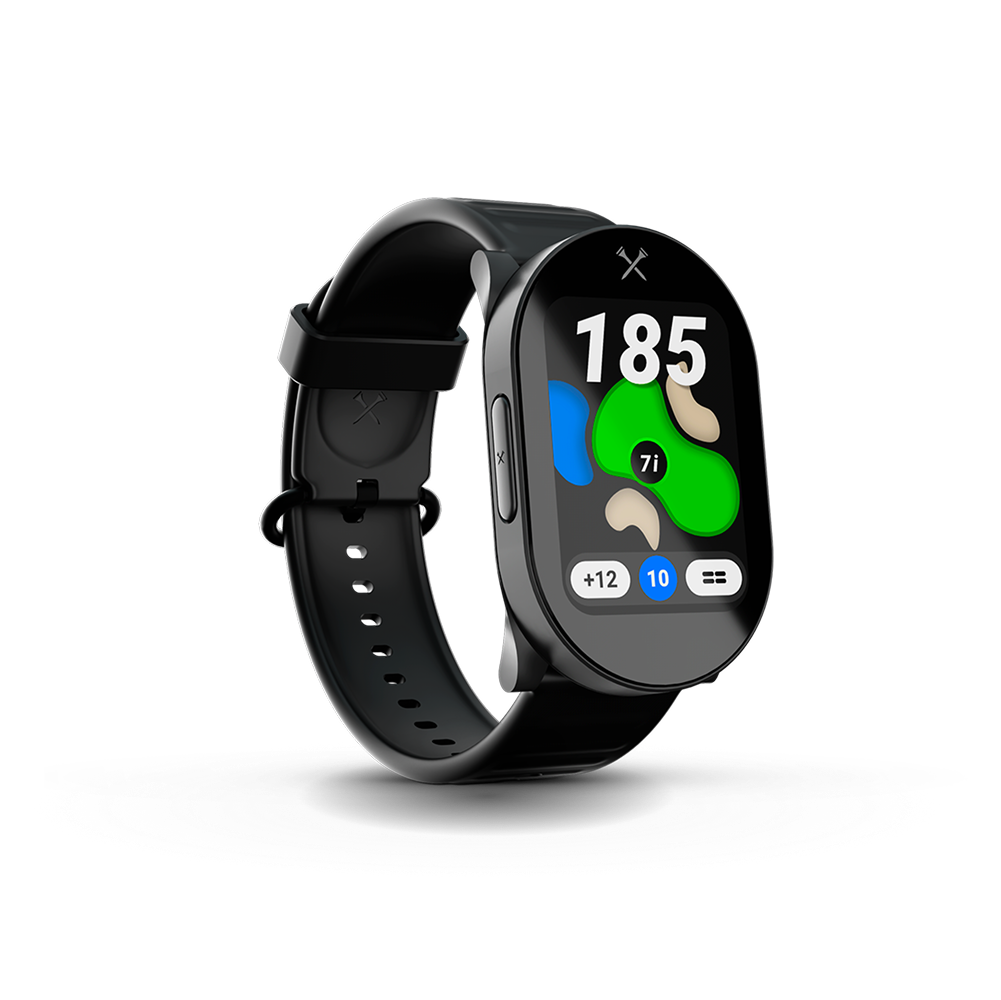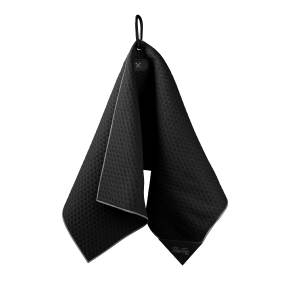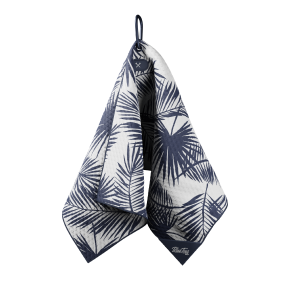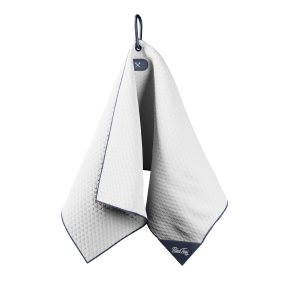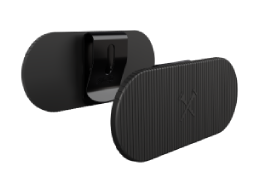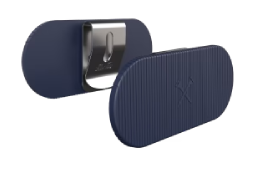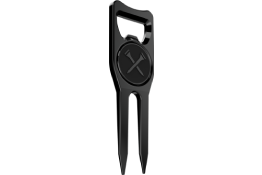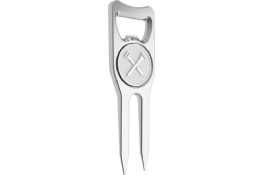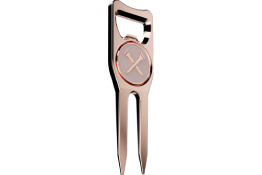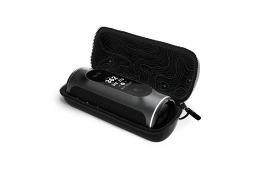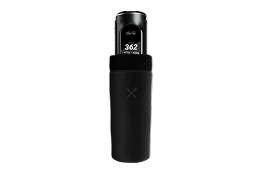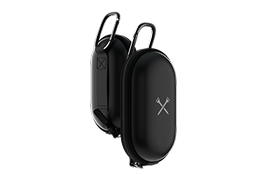The History of Rangefinders and How they Work
Before I got my Series 2 Pro Slope, I was without a rangefinder for a few months. I didn’t think it was going to be that big of a deal, but then I tee’d off. The second I got to my ball in the first fairway, I reached in my bag for the nonexistent laser. When I realized I had to do it the old fashion way, I instantly became less confident. Walking off the distance from a marker, trying to calculate slope, are just steps that I don’t want to do. Even after that, these steps only give you the number to the middle of the green. So what if the pins in the back? The front? What it means, is that you have no idea how far to hit the ball. That got me thinking. When did rangefinders become the norm for amatuer golfers? When did they first hit courses around the world?
History
The very first rangefinder was developed by a Scottish company called Barr and Stroud in the 1880’s. It wasn’t until World War II when the first electronic rangefinder was used. But you can go back much, much further than that to see proof of other devices being used to tell the distance between two objects.
The Romans developed a tool called the “Roman Dodecahedron” - a small bronze artifact dating back to the 2nd century AD. For a full description on what they were and how they were used by the Romans, read here. Later on in the Middle Ages, an object called “Jacob’s Staff” was used to determine distance in order to fire a ballista correctly.
Since the 18th century, coincidence rangefinders have been in use. They were a feature in older cameras, primarily used for surveillance.
“These devices were equipped with an arrangement of lenses and prisms on both ends of the device, with the eyepiece located at the center. The position of the parallax is corrected to view targets and estimate their distance to the user. The user then calculated the angles made by the line of the sight at both ends of the ranging device to determine the distance to the object.” (stealthyninjas.com)
How Rangefinders Work
The rangefinder is, well, simple. It sends out a beam to an object, and uses the time it takes to return to the device in order to calculate how far away the targeted object is.
Now you’re probably thinking, wouldn’t the beam get less accurate and spread out as the target gets further away from the device. Well, yes. That problem is called beam divergence, and that happens with every rangefinder on the market. To battle this problem, the rangefinder will send out multiple pulses to the target. It will then calculate the average data that it receives, and then that number is given to the golfer.
Our rangefinders at BlueTees are as good as they get. With a range of 800 yards, you never have to worry about being too far away from the pin. Our flag lock technology allows you to feel confident and comfortable with the number you get.
If you’re looking for a game-changing laser, for the fraction of the price, check out our Series 2 or Series 2 Pro Slope, today!



